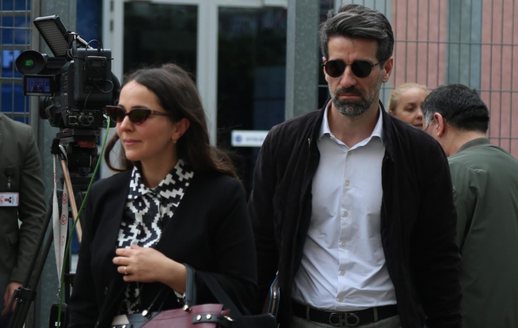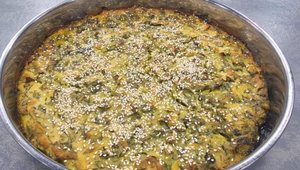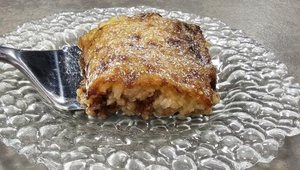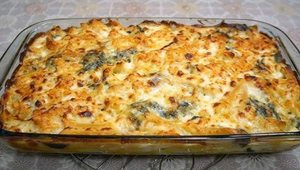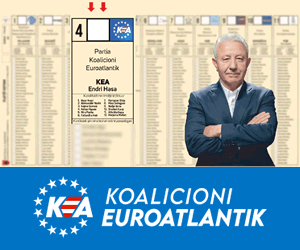
Pearl Harbor, what we didn't know about the attack that changed the fate of World War II


The deadly surprise attack on the American fleet at Pearl Harbor in the Pacific began without a declaration of war on December 7, 1941. In the early hours of Sunday morning, hundreds of Japanese fighter planes sank or damaged 21 American warships and destroyed more than 150 aircraft at nearby airfields. More than 2,000 Americans lost their lives. Here are the details of the attack that changed the fate of World War II.
Japanese forces landed in northern Malaysia, then a British colony, just hours before the attack on Pearl Harbor. Meanwhile, a larger Japanese force was invading neutral Thailand. What the Japanese called the "Hawaii Operation" was a supporting attack. The main thrust was the operation in the south against Malaysia, the Philippines, and the Dutch East Indies.
On November 26, 1941, US Secretary of State Cordell Hall sent a letter to the Japanese. It was not, as is sometimes suggested, an ultimatum. Rather, it contained the US's conditions for normalizing relations between the two countries. According to the letter, the withdrawal of Japanese troops from China and Indochina was demanded. But by the time this letter reached Tokyo, the Japanese had already begun preparations for the Southern Operation and Hawaii.
It was one of the most well-planned operations of World War II, as it involved the secret passage of an entire fleet, with 6 aircraft carriers, 2 battleships and 3 cruisers over a distance of approximately 3,700 miles across the North Pacific.
If any of the Japanese ships were damaged during the fighting in Hawaii, returning would be extremely difficult. This is why senior officials in the Japanese Navy opposed a full-scale attack on Pearl Harbor. But the attack was authorized, thanks to the threat up to and including his resignation by Admiral Yamamoto.
About 26 Japanese submarines were concentrated around the Hawaiian Islands, with the mission of destroying any American ships that survived the air attacks. But they could do nothing. Five submarines tried to enter the harbor on December 7, but failed. An American destroyer sank a Japanese ship near Pearl Harbor about 1 hour and 15 minutes before the air attack began, almost costing Japan the element of surprise.
The attack was also a failure of American and British intelligence, which failed to predict the attack on Pearl Harbor. Much information about Japan's preparations was obtained from intercepted diplomatic correspondence. American commanders in the Pacific were warned of the war as early as November 24.
President Roosevelt assured the British that the United States would support them if Britain entered the war with Japan. But there is no evidence that Churchill and Roosevelt were officially warned about the attack on Pearl Harbor.
In the December 7 attack, two old battleships, Arizona and Oklahoma, were severely damaged by bombs and torpedoes. Of the 2,026 American soldiers killed in the attack, 1,606 were aboard these two ships. Three other ships (California, West Virginia, and Nevada) sank in the shallow water of the harbor. Three other ships (Pennsylvania, Maryland, and Tennessee) suffered only minor damage. The aircraft carriers had already left the harbor that day, and none of the heavy cruisers were damaged.
President Roosevelt openly suggested that the Japanese attacked Pearl Harbor at the suggestion of the Germans. In fact, Hitler and the German military knew nothing about the Pearl Harbor operation. However, they were aware that the Japanese were preparing operations in Southeast Asia that would probably lead to a war with Britain, and perhaps even with the United States.
Under the Tripartite Pact, signed with Japan and Italy in September 1940, Germany was obligated to go to war only if the United States attacked Japan, not if Japan attacked the United States. But shortly before the outbreak of war, the Germans secretly agreed to support the Japanese if they went to war with the United States for any reason, including a Japanese attack on American territory.
The American president, aware of this agreement from intercepting Japanese diplomatic correspondence, asked Congress for a declaration of war on December 8, 1941, and asked for action only against Japan. In view of isolationist sentiment, the White House considered allowing the Germans to make the first declaration of war, which Hitler announced in the Reichstag on December 11.
The attack changed the strategic situation. The pre-war military strategy of Britain and the United States was to mass large forces in the west (in Singapore) and in the east (in Hawaii) to contain Japan, threatening it with a two-front war. Pearl Harbor removed the American part of the barrier. This made it possible to quickly occupy Malaya, the Philippines, and the Dutch East Indies.
On the other hand, Admiral Yamamoto had hoped to destroy the American aircraft carrier force, and that did not happen. And by carrying out a surprise attack without a declaration of war, on a Sunday morning, and killing several thousand Americans, the Japanese stirred American public opinion to unreservedly support the war./ Bota.al

Scandal erupts: Poll against SPAK intercepted!
ideas

Illiteracy of Politics

Don't make fun of Berisha's old age, but of his dream of becoming a groom again.

top
Alfa recipes
TRENDING 
services
- POLICE129
- STREET POLICE126
- AMBULANCE112
- FIREFIGHTER128















